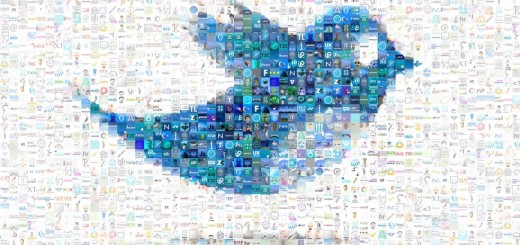2016: The good, the bad and the future of digital marketing
However, while some of my “predictions” turned out to be fairly accurate, there have also been more than a few surprises over the last 12 months.
Here are a couple of the most unexpected trends that have taken off this year, two of the biggest digital disappointments and my personal trend pick for 2017.
The surprise revival of silent video
One of the most unexpected trends that made a real comeback this year was silent video. Over 80% of internet users own a smartphone, but average video viewing time is 1.7 seconds, meaning consumers are in rapid consumption mode and marketers have had to become even savvier at grabbing their attention.
What this means is there’s a real need for content that packs a punch at the beginning of the clip. If you only have a miniscule amount of time to grab a customer’s attention before they scroll past, then the video needs to have an immediate hook.
A perfect example of this is the social media clip that Apple pushed out following the release of the new iPhone 7. The advert is completely silent and simplistic in nature, with each frame changing every 0.5 seconds.
In an age where most of us have our smartphones on silent, Apple has managed to discover a way to capture our attention in the most straight-forward of ways.
Hail to the community managers
2016 has also become the year of the community manager. It’s common for brands to think of social as a one trick pony, but the brands that are succeeding on social don’t just have someone schedule 10 tweets a day and like the occasional @ comment.
The brands that allow their community managers to become the human face of the company add an extra dimension to their social media capabilities and provide the consumer with a real sense of personality.
Some brands that really know how to do this are Innocent Drinks, Tesco, Virgin Trains and Oreo. They understand the importance of employing empowered community managers and with any luck, 2017 should see more brands following in their footsteps.
The problem with live content
Of all the successes and surprises in 2016, some of the newer marketing methods are still proving problematic.
One of these is live content – it just isn’t working out. Despite the potential, all too many brands still don’t seem to realise how to properly manage live content.
Maybe the production value is too low, the content is too tedious, the functionality is broken… Ultimately, without a high value exchange, live content is never going to have any impact with consumers.
One example of a brand that has really nailed live content, however, is Experian. It holds straight-forward, weekly chats via YouTube Live, Snapchat and Periscope to talk directly with consumers about their money worries.
Experian understands that for live content to work, companies need to accept that what a brand thinks is interesting for customers is rarely what they will actually spend time watching.
For more on this topic, read about 10 pioneering examples of brands using Facebook Live.
Where are the iBeacons?
Back in 2014, I was convinced that retail use of iBeacons would swiftly take centre stage in our marketing strategies.
We all saw the potential and several big brands got on board – Virgin used them in its Heathrow airport lounges and Macy’s rolled them out in over 800 stores to track customer movements in-store, push product recommendations and discounts and to inform shoppers about sale items.
But despite these examples, they just haven’t made it to the mainstream yet.
Despite predictions that 85 of the top 100 retailers would be using them by the end of 2016, only 3% of retailers had implemented beacon technology by 2015 and only 16% had plans to implement them in the near future.
So what’s the hold up? Well, they can be hard to manage and maintain from a logistical point of view, as all beacon marketing requires user opt-in and customers just aren’t sold on it yet.
This could change in 2017 but my bet is that it’ll be a slow process before they start to become a standard part of our marketing efforts.
The democracy of content
Enough about 2016, let’s look to the future.
In 2017, brands need to be able to engage and connect with their customers better than ever before (one nice example of this is Philips’ Every Day Hero campaign). Nowadays however, companies aren’t just competing with another brand’s marketing anymore; they’re competing with the entire internet and this is where it starts to get tricky.
Any company hoping to inspire consistent engagement has to accept that consumers now have access to tools (like Boomerang and Hyperlapse) that can result in better, more engaging pieces of video content than the stuff many of the brands are developing themselves.
Earlier this year, a survey found that 85% of users find visual user-generated content (UGC) more influential than brand photos or videos. Another report found shoppers who interact with UGC are 97% more likely to convert with a retailer than customers who do not.
What this means is we can expect to see a huge surge in marketers working with UGC in 2017. It’s nothing new (Burberry launched its Art of Trench website back in 2009 for example), but I wouldn’t be surprised if it quickly becomes a much more common feature of brand campaigns.
So roll on 2017. I’m looking forward to finding out if I’m right!



